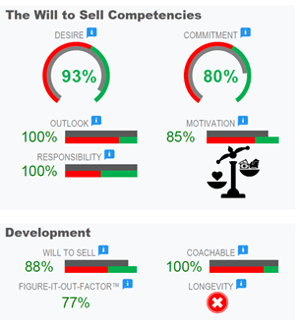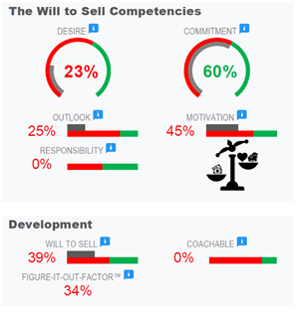In today's world of selling, it is increasingly more difficult to get the attention of a prospective buyer after only a few outreach attempts.
We know that they're busy but let's face it, we're all busy. So, how do you stay consistent (and persistent) in your outreach with a prospect while remaining sensitive to their daily lives and the distractions they face?

From the dawn of time until present day, it has always been a difficult task for salespeople to be able to reach the prospects they call and email each day. They call…and they email…and they keep following up, wondering if anybody will ever do one of two things:
- Answer the phone.
- Return a voicemail/reply to an email.
While certainly not a new development in selling, engaging with prospects has become increasingly and dramatically more difficult in the last 10 years. If we go back to 2009, it took around 8-10 outreaches on average to engage with a prospect. In 2019, that number has risen to 16-18 attempts. Keep in mind that these are averages. Sometimes it takes even more attempts to get the prospect to pay attention to you.
Recently, I was leading a sales training workshop in Dallas and a high-ranking bank executive asked me why I thought the number of outreaches required had basically doubled in the last decade. In my judgment, there are three main reasons:
- Distraction: Prospects are busier than ever before and are constantly battling the numerous distractions that come their way. Their mobile device buzzes and they have to look. The email notification on their computer sounds and they can’t resist. Some have estimated that the typical person picks up and puts down their mobile device between 600-700 times each day.
- Competition: There is more of it than ever before and it’s fiercer than ever before!
- Commodity: The belief of the prospect that, in at least some industries, the vendor calling them and the vendor they currently use are essentially the same. The prospect just doesn’t see any meaningful difference. To them, a bank is a bank. An insurance broker is an insurance broker. A technology provider is a technology provider.
Of these three reasons, #3 is the most concerning (or it should be). And here's why...
If you don’t differentiate yourself from your competition by providing value, your prospect will do the differentiating for you.
But they won’t use a measuring stick of value. They will more often than not use a measuring stick of price.
Finally, here is another sobering statistic about the world of modern day selling. While the average number of attempts has increased to 16-18, most salespeople quit after less than 5 attempts.
Maybe they think the prospect is being rude by not replying. Maybe they think that, "in the good old days", people used to return calls. Regardless, the world has changed. Prospects are a hard fish to catch.
You might need to be out there fishing just a bit longer than you would like.












